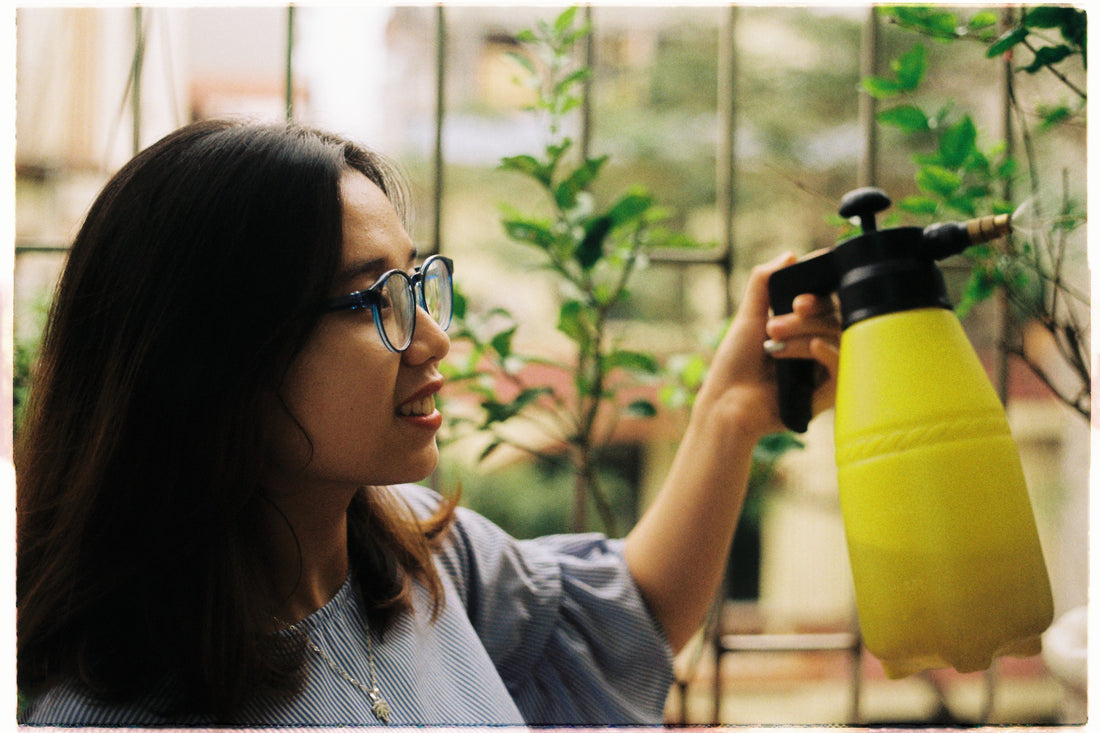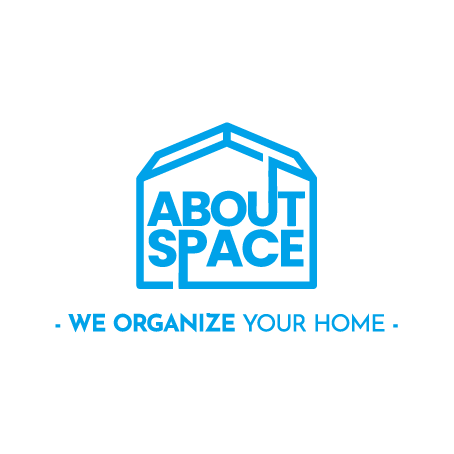
How does Bottom Watering differ from Top Watering
Share
Watering is a crucial element of the gardening process. You will get beautiful and flourishing plants if you water your garden correctly, not too much or not very little. If you have ever read about gardening or garden maintenance, you would have probably come across "top watering vs. bottom watering" What exactly is bottom watering? Why choose one over the other? Which is the most suitable for your garden?
In this plant watering guide, we will address some of your critical queries which might solve issues you've had in the past with regards to bottom watering and avoid killing your plants! (We've all been there!)

Bottom Watering Vs Top Watering
Top watering is whenever you water your plants from the top surface of the ground, while bottom watering is whenever you water your plants from the undersurface of the container. Top watering is the most popular approach to hydrate your houseplants; therefore, it is incredibly probable that you have been doing so. When you are using a spray can to sprinkle water on the upper surface of the soil and allow it to soak deeper into the ground, you are top watering your plants.
Bottom watering operates uniquely. When bottom watering, you will be using a tray or saucer to hold the water and keep it from spilling. Fill up the downside of the bucket or saucer with water, then immerse your plant pots in it. Bottom watering is only possible if your planter has drain holes, as this is the only route for the water to reach the ground. Another modern innovation that has occurred in the recent times is 'Self-Watering Pots'. Self watering pots uses a genius little hack to allow your plants to stay hydrated while you are away. t has two parts that are the inner pot that holds both plant and soil and the outer pot that holds water. The inner container contains a cotton wick that pulls water into the soil using capillary action and hydrates the soil. Self-watering planters are a convenient option for plant parents who struggle to keep up a consistent watering schedule or travel often.

If you are looking for an effortless option then you may purchase a self-watering pot which can make your process simple. The soil gently absorbs the water in the tray or container. In roughly 5 minutes, the topsoil will absorb all the water it can store. After the soil has absorbed the water, remove it and let the soil drain out the surplus. However, what is the benefits of bottom watering from top watering?
Few Notable Benefits Of Bottom Watering
Bottom watering is a simple, healthy, and intelligent strategy that encourages saplings to absorb hydration from the soil's surface. Bottom watering has been shown in studies to provide a variety of advantages. For example, it prevents delicate seedlings from being displaced during development and enables the soil to receive water more consistently.
Bottom watering maintains the soil moist and allows the plants to obtain adequate water. You may avoid excessive water absorption of seedlings by this approach. It also conserves time if you are busy since you will not have to water them often. Using self-watering pots can also aid you with watering plants properly when you are on vacation. Bottom watering also promotes the development of healthier and fresh plants in your indoor gardening.
Certain plants may not necessitate their leaves to be moist at all times. For example, overwatering might cause the leaves to droop or acquire yellow patches. Bottom watering, which is a more secure practice, must be considered in such a situation. Even as a beginner in indoor or terrace gardening, it is simple for you to experiment with this method of watering.
Top watering also creates an ideal setting for bugs. The pest's proliferation is aided by a wet top layer of the soil, which finally causes damaged leaves. Bottom watering, on the other hand, maintains the area dry, permitting the plants to grow while also reducing insect invasion.
Tips For Bottom Watering Plants
- Set a basin, tub, or big shallow container halfway with water and plunge the bottom end of the pot in it.
- Allow at least 10-12 minutes for the potted plants to sit in the water before removing them. You will notice that the soil is moist after a while and remember that the topsoil may not become wet at all, that is not an issue.
- Keep in mind that the water absorption capacity of different types of soil mixes varies. The cactus mix, for example, is made up of perlite and rock and cannot absorb water as well as bark and sphagnum moss.
- Small to medium-sized plants that can be moved easily, benefit from bottom watering.
- Plants that are sensitive should be handled with care because they can be easily destroyed.
- Mix plant food in the water while bottom watering, making sure it doesn't leave markings on the tub or sink.
Final Verdict
Top and bottom watering both have perks and cons. Certain plants require top irrigation, while others thrive when watered from the bottom. If you utilize the bottom watering approach, observe the standards and regulations to eliminate problems and plant harm.
